Top occupational therapy CV examples
A good CV example can help set you apart from other job applicants. Use these examples to help you score a job in occupational therapy.
A good CV example can help set you apart from other job applicants. Use these examples to help you score a job in occupational therapy.
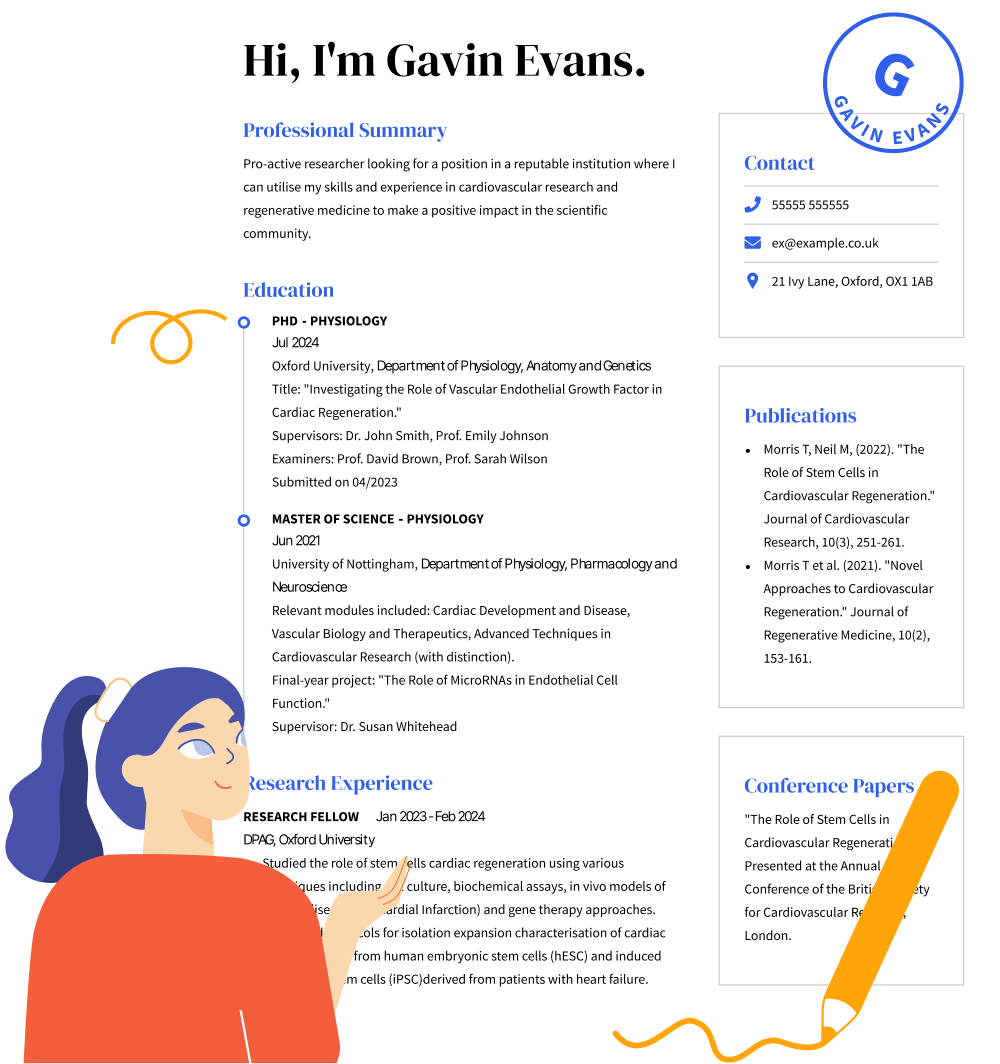
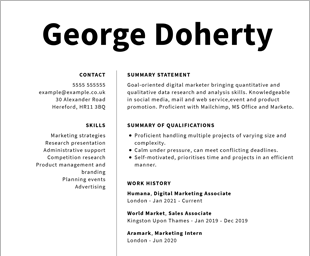
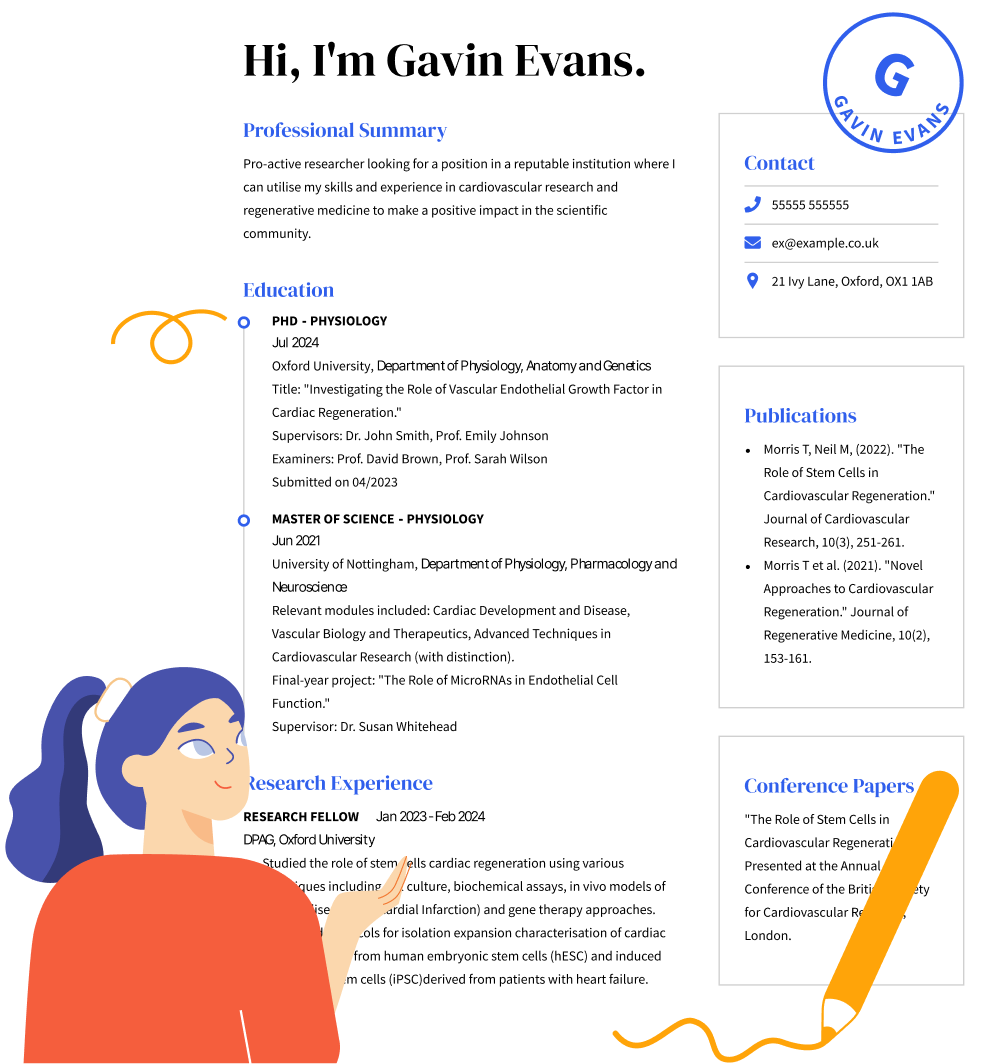
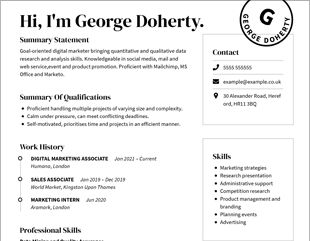
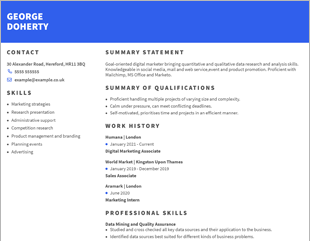
OUR USERS HAVE BEEN HIRED BY
Occupational therapists (OT) are in high demand and require a variety of skills to be successful. OT duties include managing a large caseload, assisting patients in pain relief exercises, and assessing patient conditions, as well as administrative tasks, such as maintaining medical records. The perfect CV format for an occupational therapy job should be easy to read and organized. In this article you will learn the components of a great OT CV and tips to reduce your job search time.
Transport Staff at Memorial Hospital
Specialty skills
Do:
Don’t
Your occupational therapy CV should have all the relevant experience you have. Any experiences working with healthcare and acute care are important. You also want to include any special skills you have, such as disabilities you have worked with, any other languages you may speak, and any awards you have earned that are related to occupational therapy. To create a professional CV for potential employers and hiring managers, you can choose from these CV templates designed by experts. These CV templates will help you show all of your experiences and skills in an organized and professional way.
Skills you should include for your OT CV are any skills that show your ability to excel in a healthcare setting, or working with patients and caregivers. You also want to include any skills that mirror the job application. For example, if the hiring manager is looking for someone who has experience as a physical therapist and you do, include that!
When writing credentials on your CV, you can use both the spelled-out and shorter acronyms for your credentials, since hiring recruiters may not know what they all stand for. The credentials should be written after your name and with a comma. For example, John Doe, OTD is appropriate.
We personalize your experience.
We use cookies in our website to ensure we give you the best experience, get to know our users and deliver better marketing. For this purpose, we may share the information collected with third parties. By clicking “Allow cookies” you give us your consent to use all cookies. If you prefer to manage your cookies click on the “Manage cookies” link below.